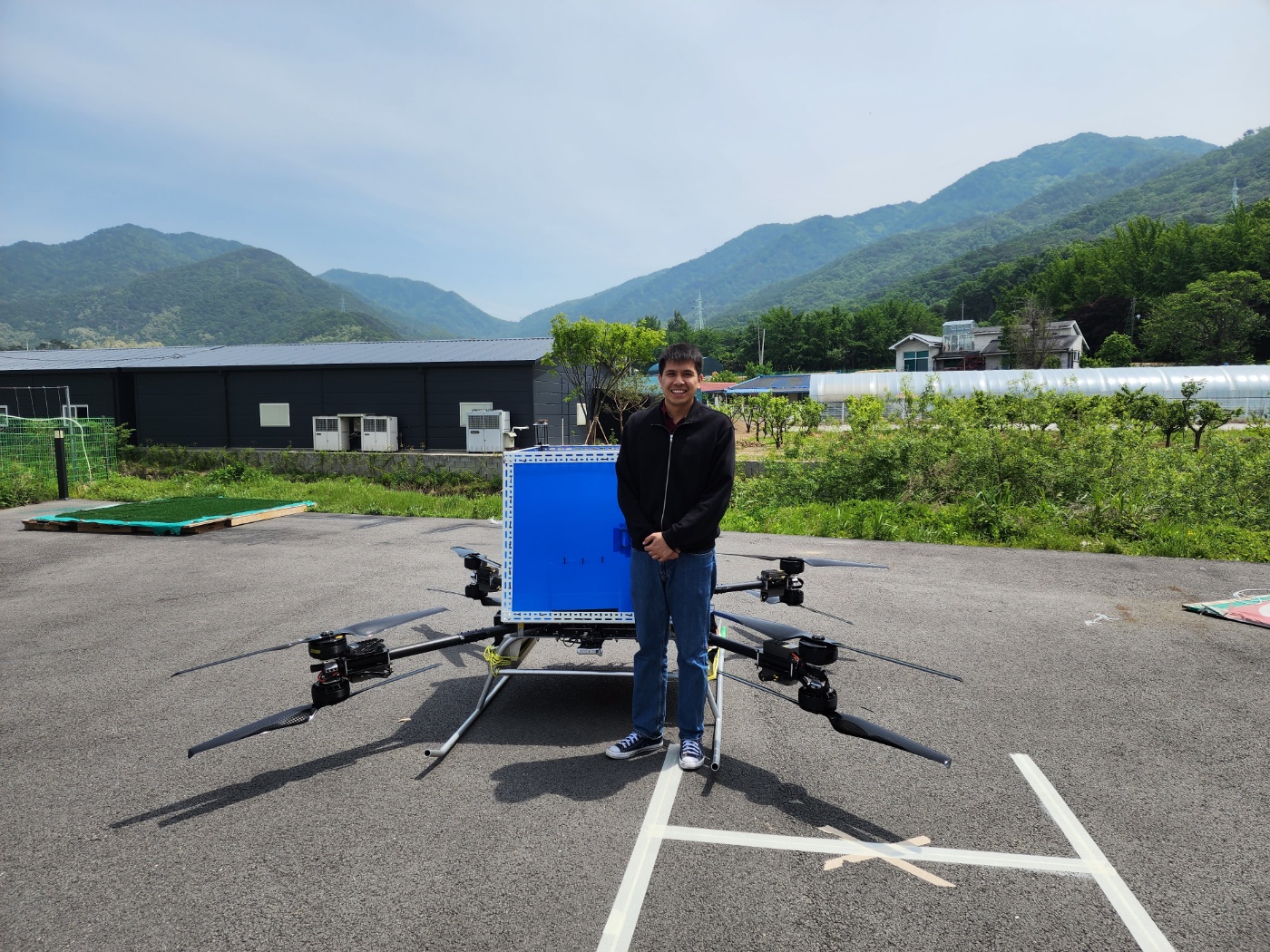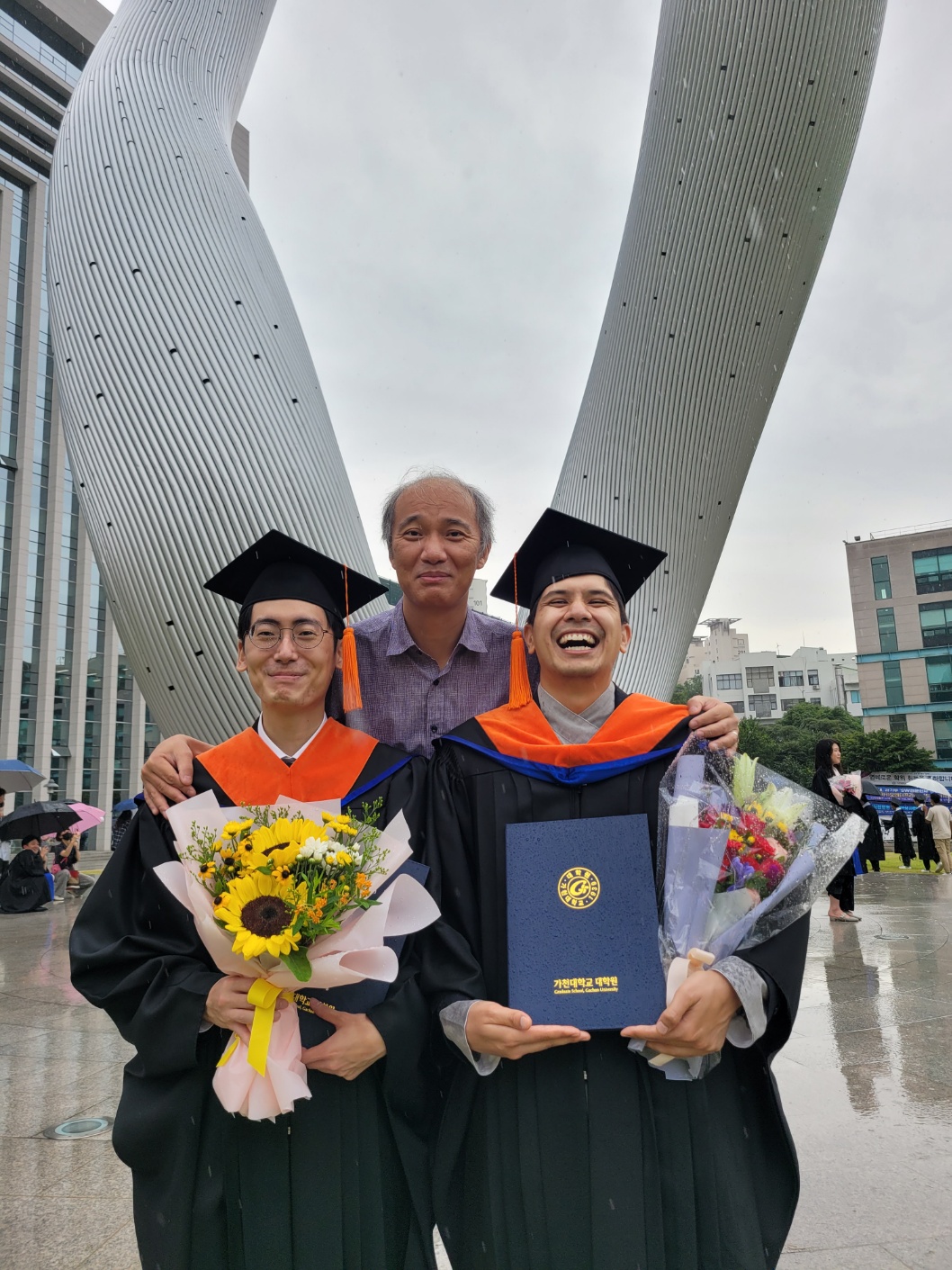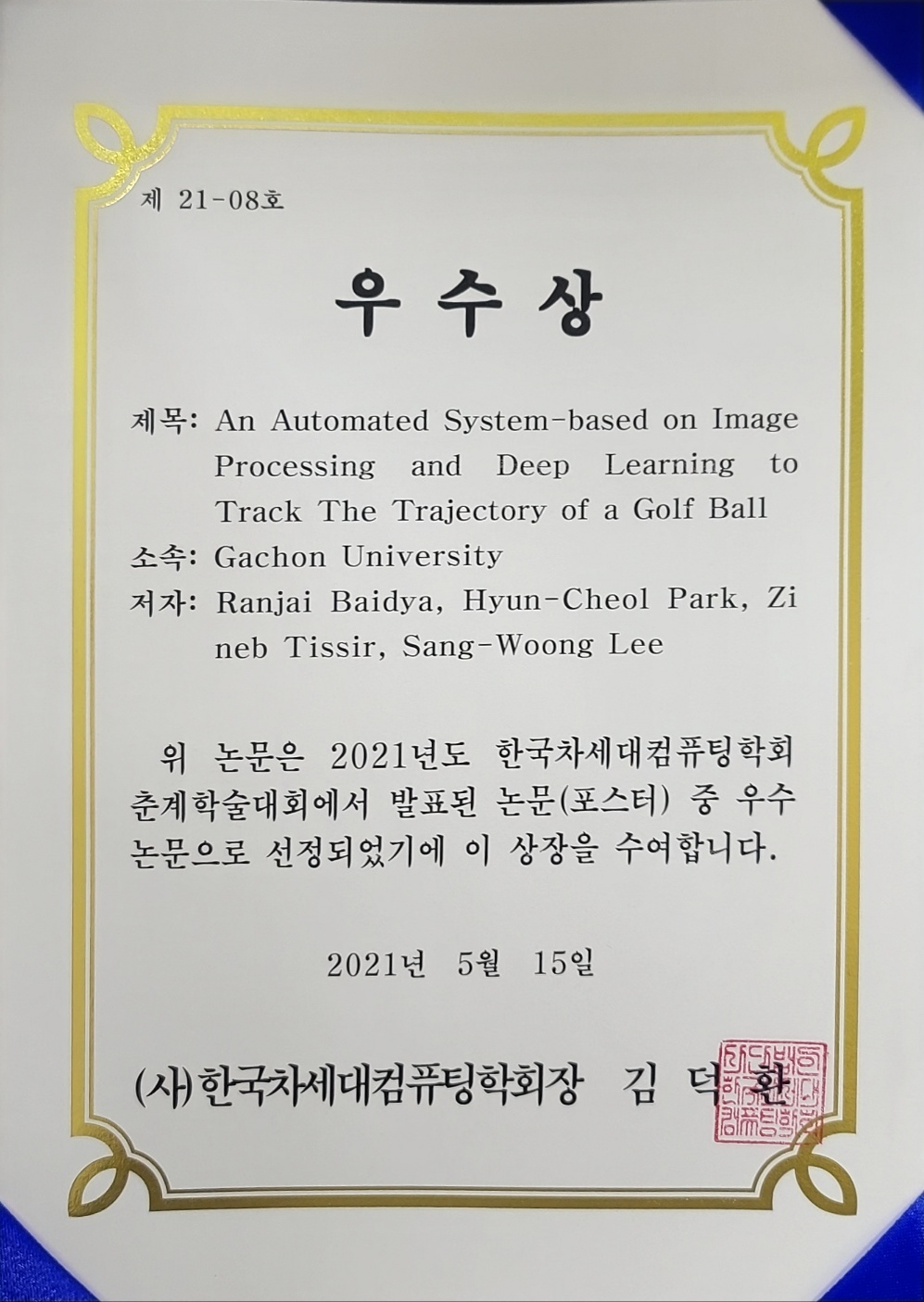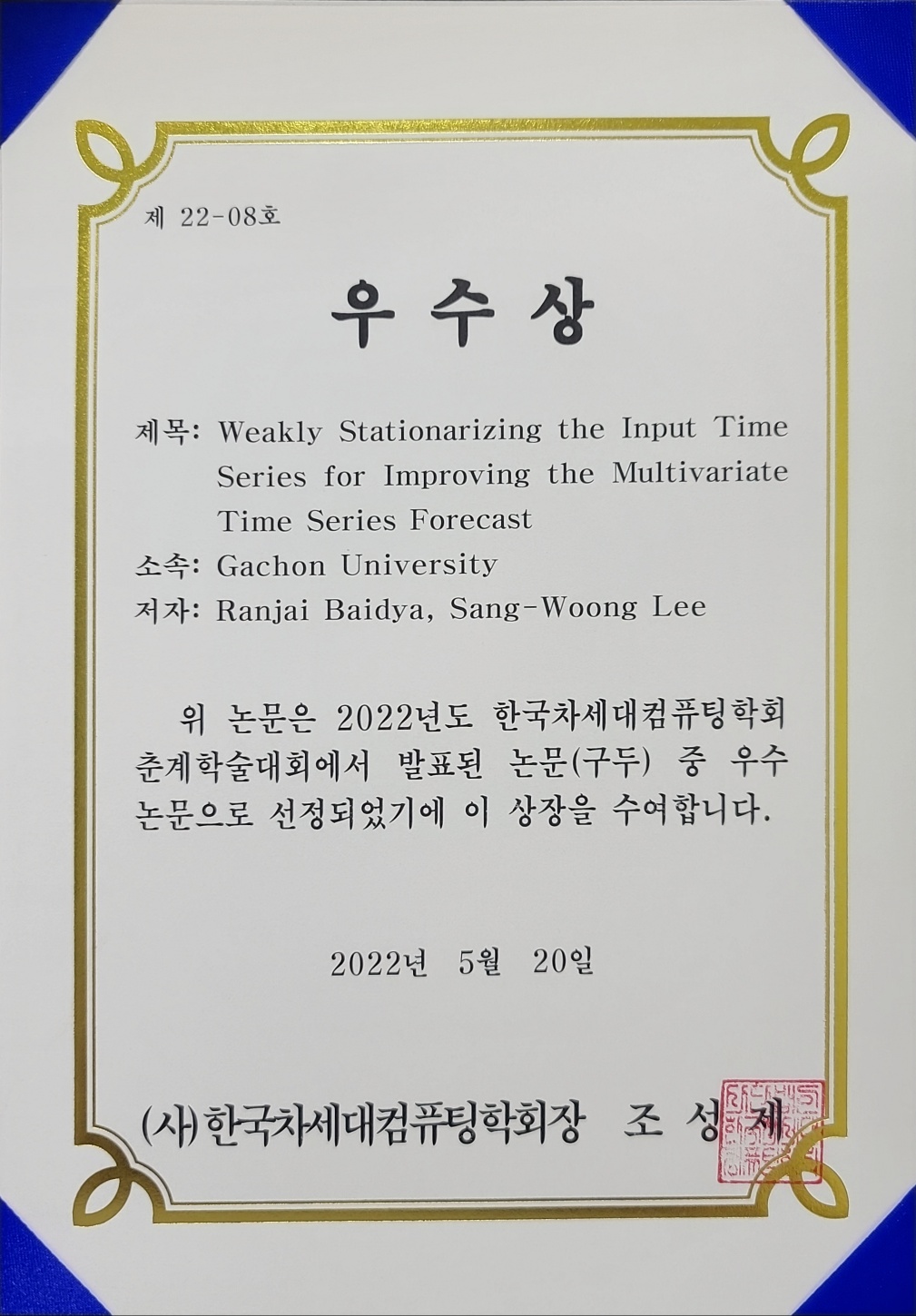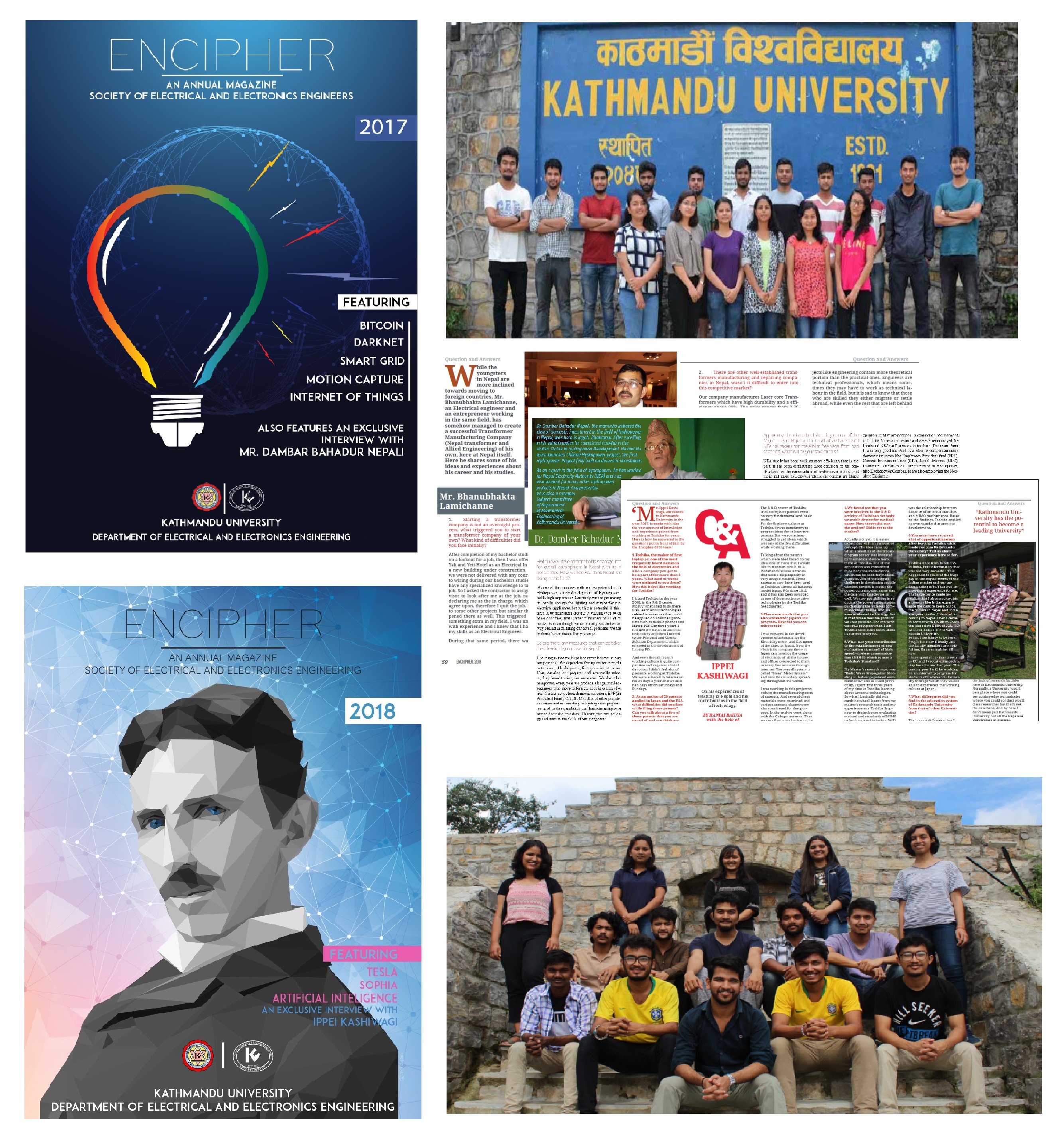Hello there!
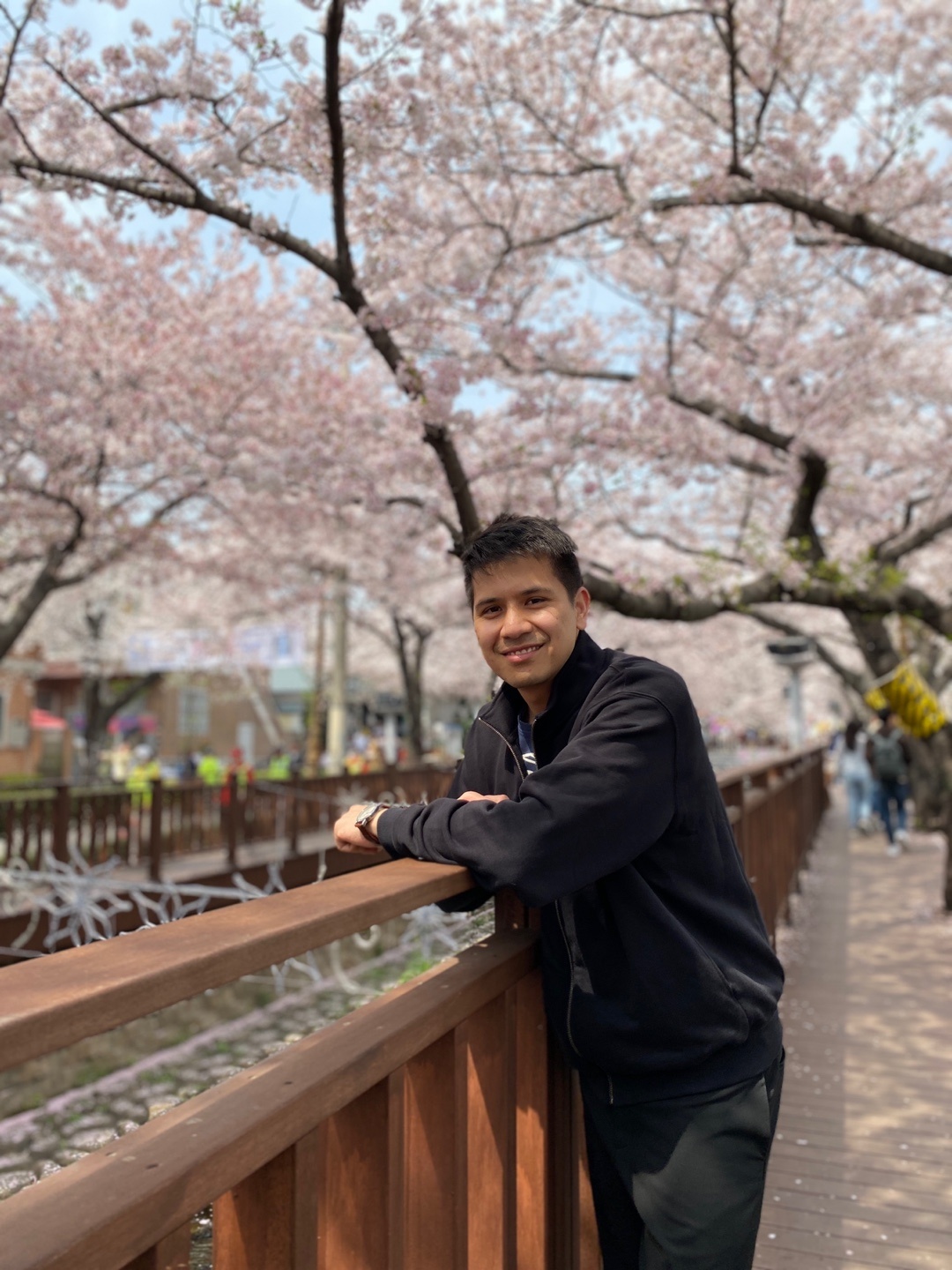
I am a researcher with interest in computer vision and time series forecasting. Currently I am exploring methods to integrate computer vision technologies into autonomous drones.
I graduated with a Masters Degree from the Department of AI Software, Gachon University. My masters thesis, supervised by Prof. Sang-Woong Lee, was on the topic 'Long Sequence Time Series Forecasting Using Spectral ConvMixer Alongside Weak-stationarizing and Non-stationarity Restoring Blocks'
During my time at Gachon University, I was a Research Assistant at Pattern Recognition and Machine Learning Lab under the supervision of Prof. Sang-Woong Lee. There I was allowed to explore the fields of Computer Vision and Multivariate Time Series forecasting. While my thesis (as I mentioned previously) was on multi-variate time series forecasting, I also worked on other computer vision projects including a project for Golf ball tracking.
